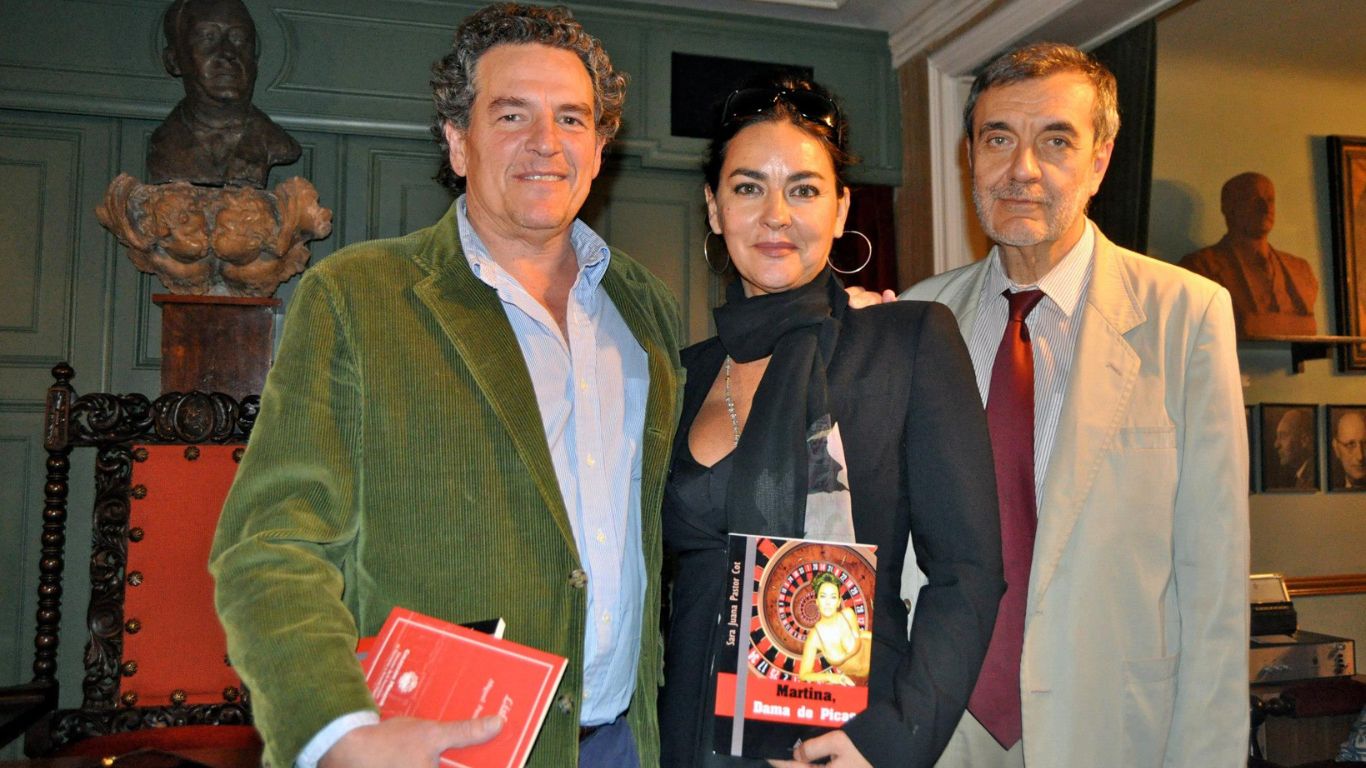Art is not just about creating something beautiful—it is a powerful teacher. Whether it is painting, music, dance, or literature, each form of artistic expression offers valuable lessons that extend far beyond the canvas or stage. The lessons from the art shape our perspectives, enhance our problem-solving abilities, and teach us patience, discipline, and self-expression.
From history to modern life, art has been a guiding force, helping people connect with their emotions, develop resilience, and find meaning in chaos. Through this exploration, the wisdom hidden in artistic endeavors will be revealed, showing how creativity influences various aspects of life.
The Power of Creativity in Problem-Solving
Art encourages thinking outside the box. Unlike rigid formulas or strict rules found in other disciplines, art allows for free-flowing creativity. This ability to see things from multiple angles is not only useful for artists but is a skill that can be applied to everyday challenges.
For instance, a painter facing a creative block does not simply give up; they experiment with different colors, textures, or techniques. The same approach can be used in professional and personal life—when faced with a problem, looking at it from different angles can lead to innovative solutions.
Discipline and Perseverance: The Hidden Strength of Art
Artists do not become masters overnight. The journey to proficiency requires countless hours of practice, patience, and failure. Every musician who plays a flawless composition has spent years perfecting their craft. Similarly, writers rewrite drafts multiple times before producing a masterpiece.
This lesson in discipline applies to any field. Success in life, whether in business, academics, or sports, requires consistent effort and the ability to learn from failure. The world’s greatest innovators, from Leonardo da Vinci to Steve Jobs, understood that progress comes from persistence, just as an artist keeps refining their work.
Self-Expression and Emotional Intelligence
Art provides a safe space for self-expression. Whether through painting, writing, or music, people express emotions that might be difficult to articulate in words. A dancer conveys joy, sorrow, or frustration through movement; a poet captures the essence of human experience in carefully chosen words.
In daily life, the ability to express oneself clearly and understand emotions plays a crucial role in building relationships, improving mental health, and fostering empathy. Emotional intelligence—understanding one’s emotions and those of others—is a skill strengthened through artistic expression.
Patience: A Virtue Cultivated Through Art
Creating art takes time. A sculptor does not rush the chiseling process, just as a painter does not complete a masterpiece in an hour. The patience required in art teaches an important lesson—good things take time.
This lesson applies to many aspects of life, from personal growth to career achievements. Impatience often leads to frustration and poor decisions, whereas patience allows for better results. Whether learning a new skill or working toward a goal, understanding that progress is gradual can lead to greater success and fulfillment.
The Beauty of Perspective: Seeing the World Through Different Lenses
Artists view the world differently. A photographer might capture beauty in an abandoned building, while a poet finds meaning in the ordinary moments of life. Art teaches that perspective is everything.
In life, shifting perspectives can help resolve conflicts, improve relationships, and foster a deeper understanding of the world. Looking at a situation from another person’s point of view, much like analyzing a piece of art from different angles, can lead to better communication and empathy.
Resilience: The Courage to Start Over
Artists know that mistakes are part of the creative process. A musician hitting the wrong note does not quit; they try again. A painter whose colors do not blend perfectly starts over. This resilience—the ability to keep going despite setbacks—is a valuable life skill.
Failure is inevitable in any journey, but the ability to learn, adapt, and improve defines success. Whether in academics, careers, or personal growth, embracing failure as a stepping stone rather than a setback leads to continuous improvement.
The Importance of Observation: Learning to See the Details
Great artists are keen observers. They notice the way light falls on a surface, the subtleties of human expression, and the rhythm of nature. This skill of deep observation is valuable beyond the arts—it enhances problem-solving, improves critical thinking, and fosters mindfulness.
In a world filled with distractions, slowing down and truly observing can improve productivity and decision-making. Whether in business negotiations, scientific research, or personal interactions, attention to detail leads to greater understanding and effectiveness.
Collaboration and Influence: How Art Connects People
Art is rarely created in isolation. Musicians play in orchestras, filmmakers work with entire crews, and writers seek feedback from editors. Collaboration is essential in both art and life.
The ability to work with others, communicate ideas effectively, and be open to feedback are crucial in any field. The collaborative nature of art teaches that diverse perspectives lead to richer outcomes, a lesson that applies to teamwork in any setting.
Embracing Uncertainty and Letting Go of Perfection
Artists often begin with a vague idea, allowing their work to evolve naturally. A writer might start with one story in mind and end up with a completely different one. This ability to embrace uncertainty is valuable in life, where rigid plans often need adjustment.
Letting go of perfection and allowing room for growth and change leads to more creativity and innovation. Whether in entrepreneurship, relationships, or personal growth, flexibility and adaptability often lead to the best outcomes.
Finding Meaning in the Journey
The process of creating art is as important as the final piece. Artists find joy in the journey—each brushstroke, note, or word contributes to something greater. This mindset is equally important in life.
Focusing solely on the end goal can lead to frustration, but appreciating each step of the journey fosters fulfillment and contentment. Whether learning a new skill, working toward a career, or building relationships, finding joy in the process enhances the overall experience.
FAQ
How do lessons from the art apply to everyday life?
Art teaches creativity, patience, and problem-solving skills, which can be applied to personal and professional challenges. It helps individuals express emotions, embrace different perspectives, and develop resilience.
Why is creativity important in problem-solving?
Creativity allows for thinking outside the box, enabling individuals to find unique solutions to challenges. Artists experiment with new techniques, and the same mindset can be applied to business, relationships, and innovation.
Can practicing art improve emotional intelligence?
Yes, art enhances emotional intelligence by encouraging self-expression and empathy. Artists convey emotions through their work, helping both creators and audiences better understand feelings and human experiences.
What does art teach about resilience?
Artists face setbacks, mistakes, and failed attempts but continue refining their craft. This teaches the value of perseverance, showing that failure is a stepping stone to success in any field.
How does art encourage mindfulness and observation?
Artists pay close attention to details, colors, and expressions, enhancing their observation skills. This habit of mindfulness helps in decision-making, communication, and appreciating the present moment.
Can artistic skills improve teamwork and collaboration?
Yes, many art forms require collaboration, such as theater, music, and filmmaking. Working with others to create art fosters teamwork, communication, and adaptability—skills valuable in any profession.







